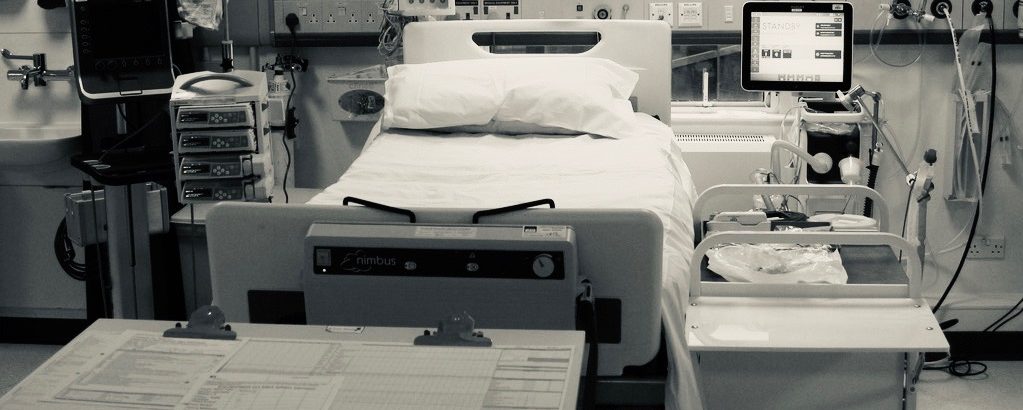A lumbar puncture, often referred to as an ‘LP’, describes using a thin needle to sample the fluid around the spinal cord called cerebrospinal fluid (CSF). It is most commonly undertaken when meningitis is suspected. The CSF is analysed for signs of infection and the results help guide antibiotic therapy. To take the sample, the patient is either positioned lying curled up on their side or upright bending forwards over a pillow. These positions open up the small gaps between the lumbar vertebra, through which the needle is inserted to locate CSF.
Local anaesthetic is used to make the procedure more comfortable.
Headache is a common side effect after lumbar puncture.

Comments are closed